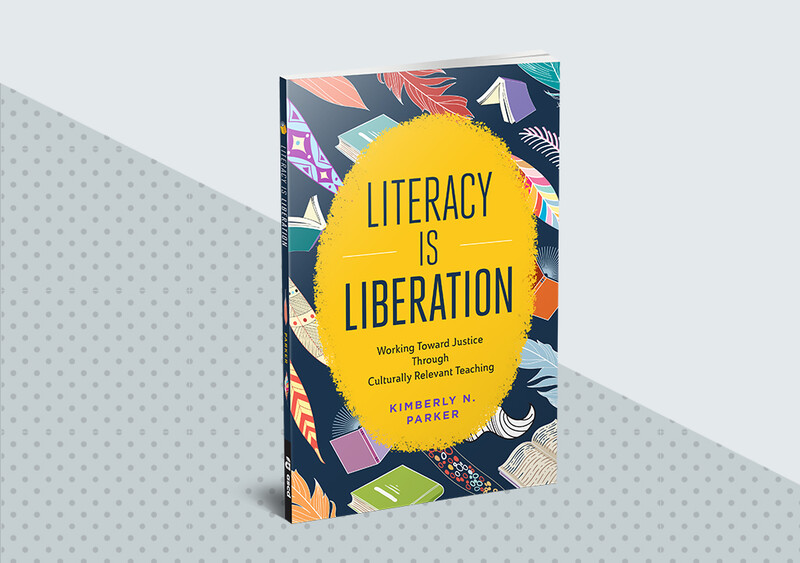COVID-19 has had a disproportionate and traumatic impact on Black students, families, and communities—and educators have been working hard to close widening gaps. For many, strengthening student literacy in the classroom is top of mind. About 180 educators were in attendance on February 10 to see literacy expert Kim Parker’s ASCD webinar, “Help BIPOC Students End the Year with Positive Literacy Experiences.”
Parker’s ultimate goal: to inspire educators to be passionate in these trying times and to believe they have the power to implement change in their classrooms in the final months of the school year. “There is still time to accomplish important work and make progress,” Parker said, while acknowledging that educators should maintain realistic expectations amid the global pandemic.
Drawing from her new book Literacy Is Liberation: Working Toward Justice Through Culturally Relevant Teaching (ASCD, 2022), Parker provided practical tips for educators to cultivate a love of reading among their BIPOC students.
1. Acknowledge that we are still in a global pandemic.
First, the obvious must be stated: the pandemic is not over in schools. “We are tired, burned out, and looking for hope wherever we can find it,” Parker said. She recommends meeting students where they are, speaking with them honestly about the pandemic challenges, and acknowledging their difficulties. This, in turn, will build trust and make it more likely for them to respond positively to new, and perhaps challenging, reading material.
2. Make peace with what isn’t working.
Parker does not recommend teaching the same book for more than 12 weeks, as teaching any book for too long will lower student interest. “We want our kids to develop fluency and a love for reading,” she said, noting that pushing a book that isn’t working could backfire. If students are not engaged, throw out the lesson and start a new book.
3. Examine your beliefs, expectations, and practices.
According to behavioral psychologist Katy Milkman, the first step to any change is awareness. To this end, Parker provided questions for attendees to reflect on: Are we writing off students because of their behavior? What is liberatory about our practice and what is oppressive? Do we have a commitment to change or have we given up? Regardless of an educator’s answers to these questions, Parker made it clear that “we still have time to reexamine or recalibrate.” What matters most is a commitment to examine our beliefs, expectations, and practices.
4. What do your students need right now?
It is important for educators to consider their students’ perspective. “We know that young people have spent the last two years in interrupted learning,” Parker said. Educators should be cognizant of the situation and should adjust according to the needs of their learners in the moment. This includes making sure students connect with their reading material. Parker recommends having a diverse reading list as well as classroom library books that portray a variety of backgrounds.
5. Know where students are academically and developmentally.
Parker made one point clear above all else: Students of color want to be challenged. Educators need to expect that they can do the work. Knowing where students are academically and developmentally makes it possible for educators to understand how much to push and challenge. Parker reminded attendees that reading should be a positive learning experience.
6. Offer independent choice reading.
According to Parker, the best reading activity a teacher can provide students is quiet time to read whatever text interests them. Doing so establishes reading as a habit and can be the best practice to implement today. Parker also recommends having reading conferences with students during this time to gauge progress. Independent choice reading will grow students as readers and entice them to connect with literacy.
7. Don’t be the gatekeeper.
A major point came up multiple times during the webinar: Students should have the freedom to read whatever they wish. Educators should not intervene if a student wants to read a manga, a graphic novel, or a comic book—regardless of the format, they are still reading. While educators should strive to provide challenging material, they should not discourage reading of any type.
Literacy Is Liberation
Literacy is the foundation for all learning and must be accessible to all students, writes Kim Parker. In her new book, Parker gives teachers the tools to build culturally relevant intentional literacy communities with students.









